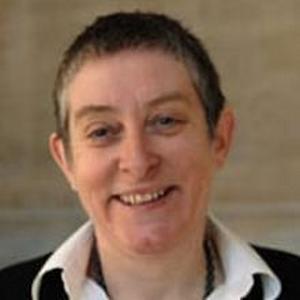Cellular Solids
Learn how to model the mechanical properties of honeycombs and foams and to apply the models to material selection in engineering design.
Learn how to model the mechanical properties of honeycombs and foams and to apply the models to material selection in engineering design.
Learn how to model the mechanical properties of honeycombs and foams and to apply the models to material selection in engineering design.
In this engineering course, we will explore the processing and structure of cellular solids as they are created from polymers, metals, ceramics, glasses and composites.
Mechanics of Materials (3.032x Parts 1, 2, and 3) or similar


